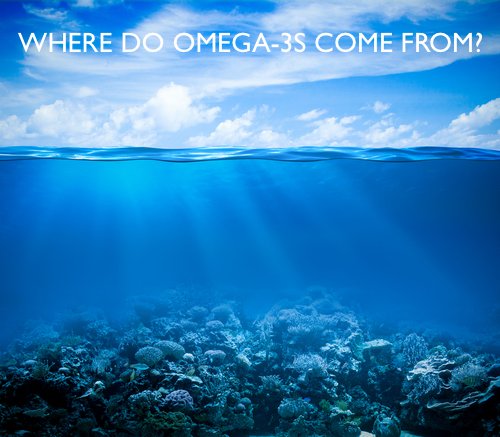Why Seafood and Omega-3s Deserve Your Attention
When seafood lands on your plate, it brings more than protein. Many species deliver the long-chain omega-3 fatty acids EPA and DHA—nutrients with a research track record that rivals vitamin E and folic acid. Yet in the U.S., most people still choose beef or chicken over fish, and those who do pick seafood may not select varieties rich enough in omega-3s to move the needle for heart, brain, and eye health.
From Ocean to Aisle: Understanding Sources of EPA and DHA
EPA and DHA originate in marine microalgae. Fish such as salmon, anchovies, sardines, herring, and mackerel accumulate these fats by feeding within that food web, which is why they’re naturally concentrated sources. For those who don’t love fish—or want added convenience—the same marine omega-3s can be delivered through refined oils used in dietary supplements, fortified milks and eggs, or even gummy vitamins. Whether you prefer a grilled fillet or a daily softgel, the goal is the same: consistent intake of bioactive EPA and DHA.
Sustainability Matters as Much as Nutrition
Healthy oceans are not guaranteed. A large share of global fish stocks are fully exploited or overfished, and bycatch and poorly managed aquaculture can damage marine ecosystems. If you’re eating seafood twice a week or choosing a fish- or krill-oil supplement, it pays to ask where those omega-3s come from and how they were harvested.
How to Vet Your Seafood and Supplements
Start with traceability. Ask your fishmonger which fishery your selection comes from and how it was caught or farmed. When you’re buying packaged fish or omega-3 products, read labels carefully for sourcing information and sustainability claims. Responsible brands are increasingly transparent about origin and methods.
Certifications That Signal Responsible Choices
Independent ecolabels help simplify decisions. The Marine Stewardship Council (MSC) certifies wild fisheries that meet rigorous sustainability and traceability standards, while programs like Friend of the Sea assess both wild-caught and farmed products. Today, these third-party seals appear not only on seafood but also on some omega-3 supplements, making it easier to choose products that respect the resource.
Potency Over Hype: Make Sure You’re Getting Enough EPA and DHA
Sustainability is essential, but it doesn’t replace potency. A “sustainable” fish that’s low in EPA and DHA won’t raise your omega-3 status. If you rely on seafood, gravitate toward oily species such as salmon, sardines, anchovies, herring, and mackerel, which naturally contain higher concentrations of EPA and DHA. If you prefer supplements, look for products that clearly state the milligrams of EPA and DHA per serving—not just “fish oil” or “omega-3.”
How Much Omega-3 Do You Need?
Most healthy adults benefit from a daily total of 250–500 mg of combined EPA and DHA. Many people fall short on typical Western diets, which is one reason public health guidance encourages eating seafood one to two times per week. If your intake is sporadic, a high-quality fish, krill, or algal oil can help you close the gap consistently.
The Smarter First Step: Test Your Omega-3 Status
Because absorption and biology vary from person to person, the most reliable way to know whether your intake is truly effective is to measure it. An omega-3 blood test (often reported as the Omega-3 Index) reflects the percentage of EPA and DHA in red blood cell membranes and provides a personalized baseline. With a simple finger-prick sample, you’ll know if your current diet or supplement routine is delivering enough—and you can adjust your seafood choices or your EPA/DHA dose accordingly.
Putting It All Together This Month—and Beyond
National Seafood Month is a perfect time to rethink your omega-3 strategy. Choose oily fish more often, verify sustainability and traceability, use supplements that disclose their EPA and DHA content, and confirm results with an omega-3 blood test. When you align nutrition with responsible sourcing, you support your health—and the health of the oceans that make it possible.




